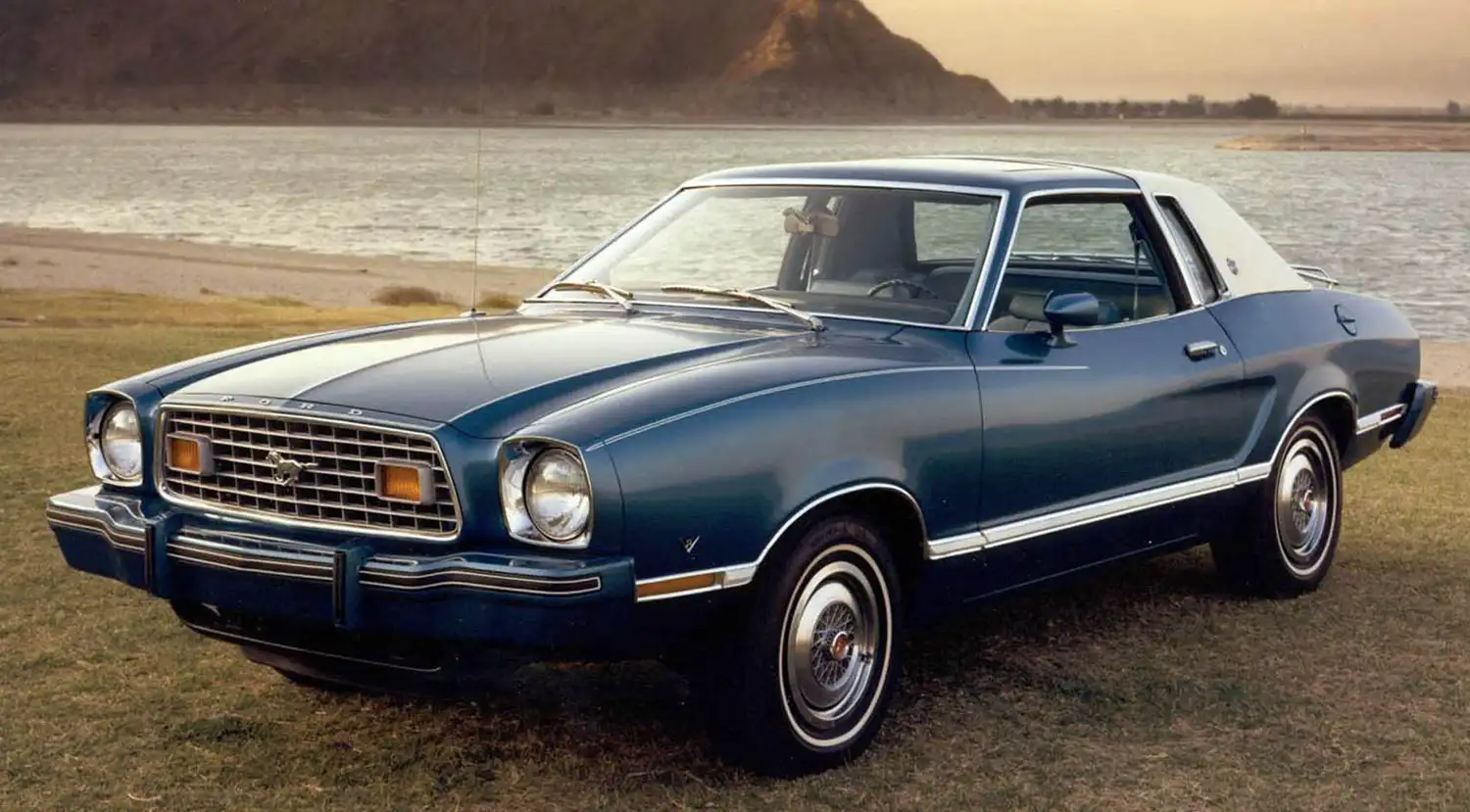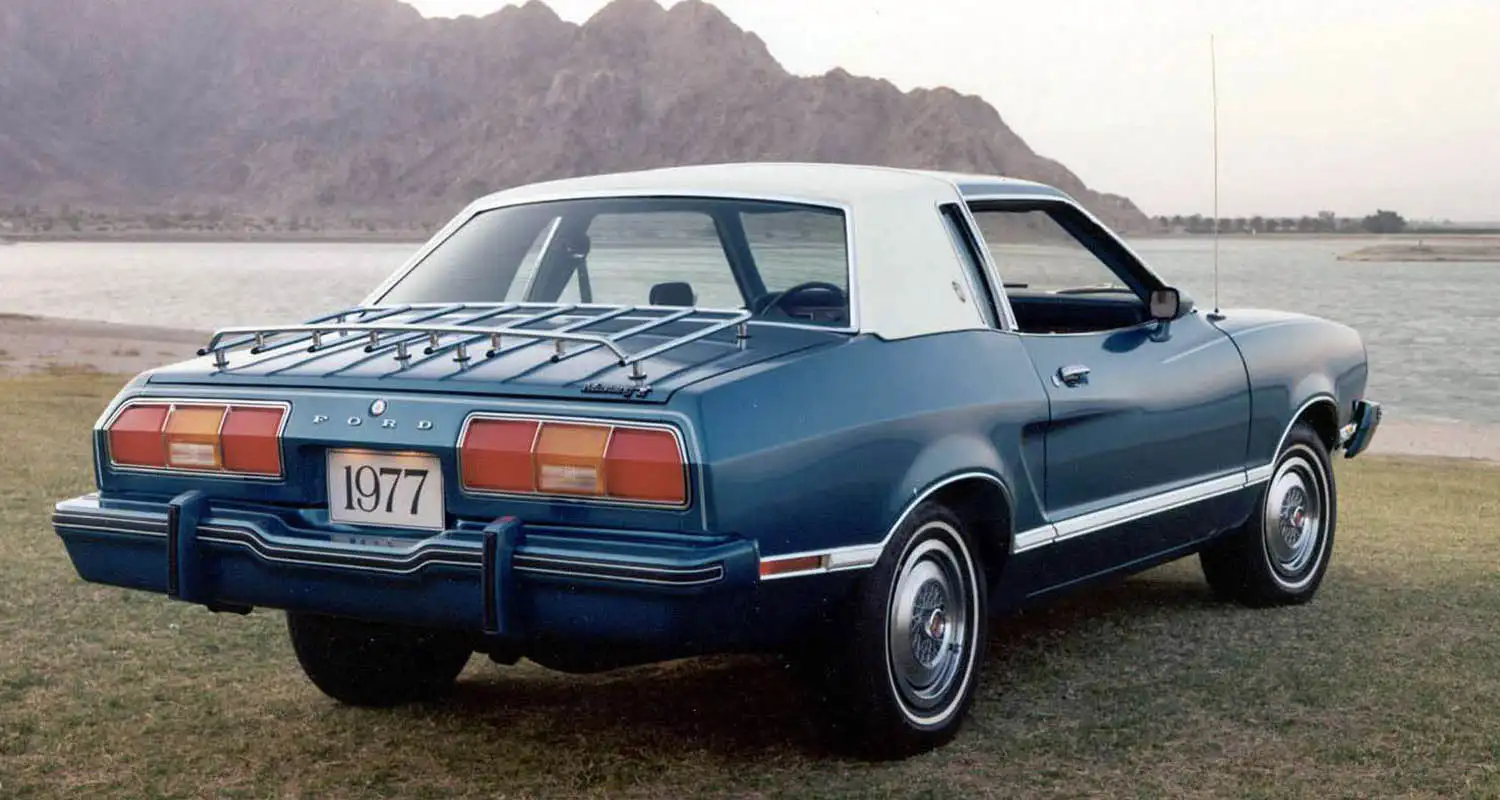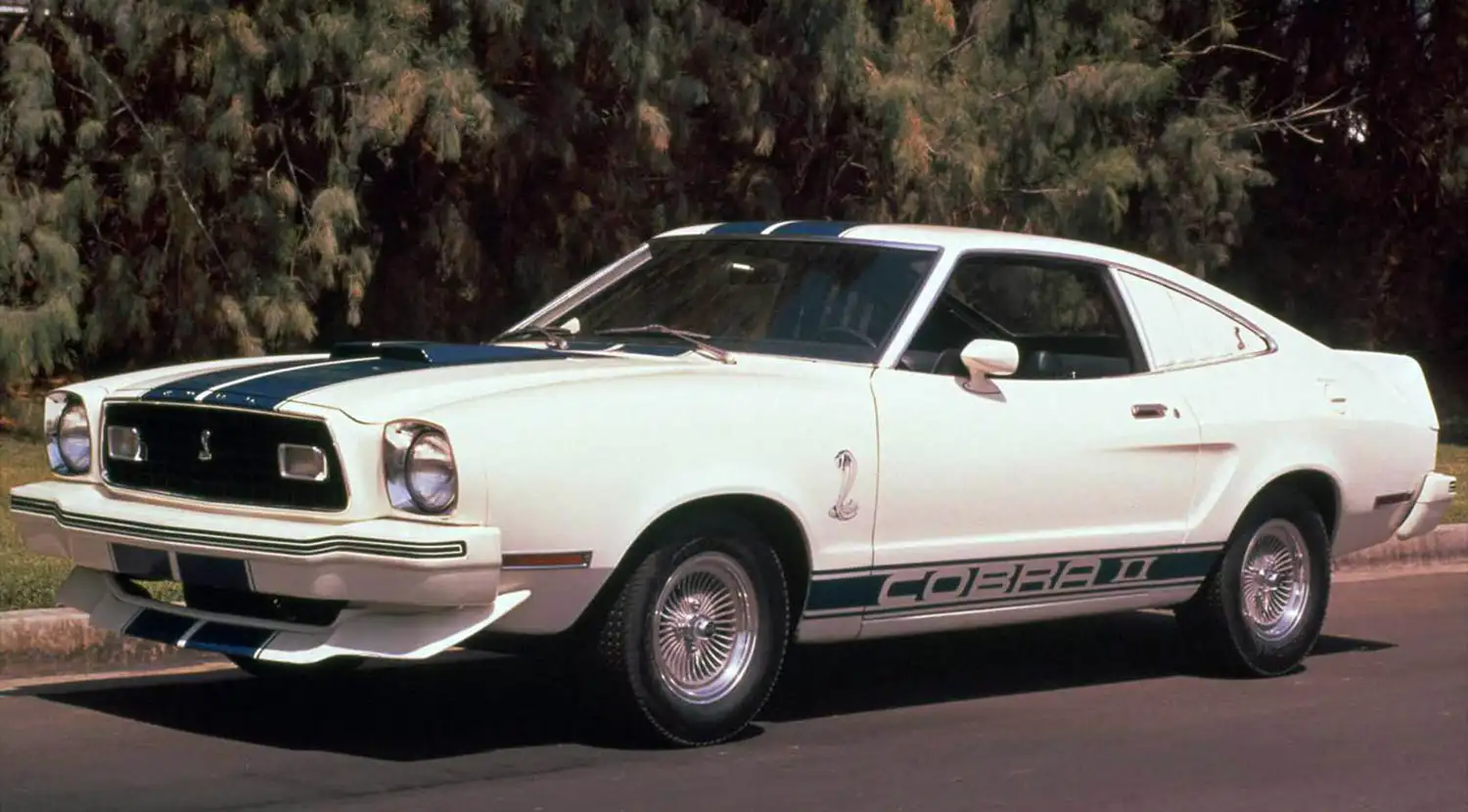
The second-generation Ford Mustang, introduced in 1973 and produced until 1978, marked a significant shift in the iconic pony car’s design and positioning. The 1977 model year, in particular, brought subtle yet noteworthy changes that continued to attract enthusiasts during a challenging era for American muscle cars.
A New Era for the Mustang
As the original Mustang evolved in size and character, it began to alienate some of its core customer base who favored its initial compact and sporty appeal. The 1973 oil crisis further accelerated the demand for more fuel-efficient vehicles, prompting Ford to rethink the Mustang’s design. The second-generation Mustang, known as the Mustang II, was introduced, sharing its platform with the subcompact Ford Pinto. This new iteration aimed to recapture the charm of the original while adapting to the changing automotive landscape.

Design and Features of the 1977 Model
The 1977 Ford Mustang continued to build on the success of the Mustang II, offering a range of enhancements and options that catered to a variety of tastes:
- Sports Appearance Group: This new package for the Ghia model was available in either black or tan, adding a touch of elegance and sportiness to the Mustang’s design.
- Expanded Cobra II Options: The Cobra II received several updates, including revised graphics, a turned-around hood scoop for a more aerodynamic look, and the introduction of louvers on the hatch and side panels, all in black.
- T-Top Option: For the fastback model, Ford introduced a T-top option with twin removable tinted glass panels, offering a unique open-air driving experience.
- Styling Updates: Minor styling changes and expanded color options kept the Mustang’s appearance fresh and appealing.

Meeting Market Demands
The introduction of the Mustang II coincided with a period of significant change in the automotive industry. The oil embargo and rising insurance rates forced consumers to seek more economical and practical vehicles. The 1977 Mustang, with its compact size and improved fuel efficiency, was well-positioned to meet these demands. It competed not only with traditional American muscle cars but also with sporty subcompact imports like the Toyota Celica and Datsun 240Z.
Legacy of the 1977 Mustang
The 1977 Ford Mustang may not have the same legendary status as its first-generation predecessor, but it played a crucial role in keeping the Mustang brand alive and relevant during a tumultuous time. It balanced nostalgia with practicality, offering a “little jewel” of a car that appealed to both loyal fans and new buyers looking for a stylish yet efficient ride.

In retrospect, the 1977 Mustang exemplifies Ford’s ability to adapt and innovate, ensuring the Mustang’s continued success and paving the way for future generations of this iconic car.
Source: Ford & Ford Heritage Vault
This Article use tools from Chatgpt


